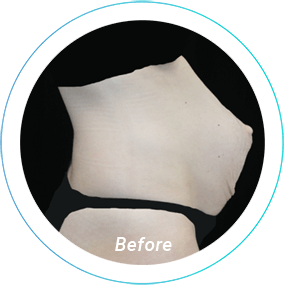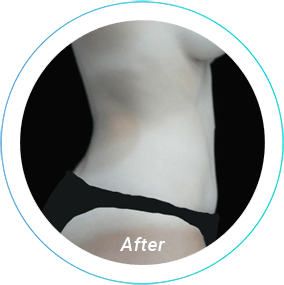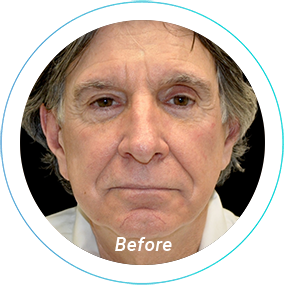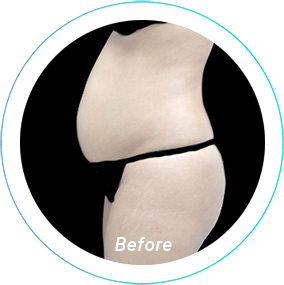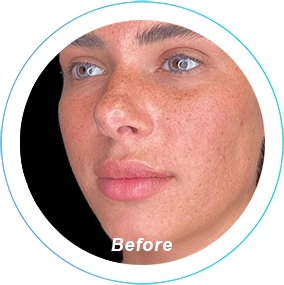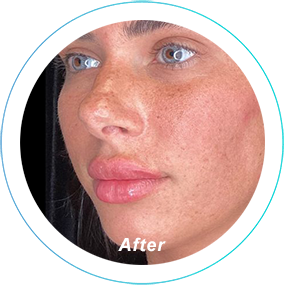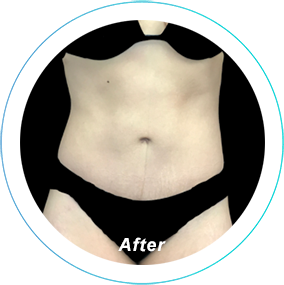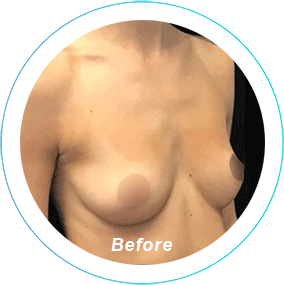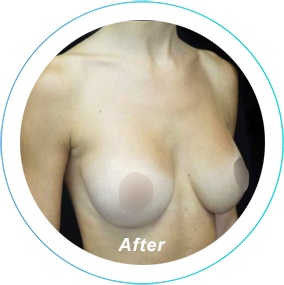When patients research breast implants, they often get stuck on one question: saline or silicone? Which is the better choice?
Unfortunately, it’s not that simple. If either type of implant were clearly superior, there would only be one type of implant on the market. Both saline and silicone have their merits. It takes a conversation about your needs with a plastic surgeon to conclusively decide which type of implant is right for you. Here are some tips to get you started:
Feel
Many patients believe that silicone gel implants feel more natural than saline implants. They’re relatively softer and closer to the consistency of your natural breast. Saline implants, while not by any means hard to the touch, are generally firmer.
Look
Both saline and silicone implants can be customized so that you can achieve the look you desire. There’s not much difference in terms of fullness or shapeliness, unless you opt for teardrop (or anatomical) shaped gel implants. If you’re concerned about the look of your implants, communicating your ideal outcome with your plastic surgeon is much more important than the type of implant.
That said, there is some evidence to support that saline implants tend to ripple more than silicone implants do, causing visible wrinkles in the breast through the skin. Rippling doesn’t occur with all implants, and generally, ripples are covered by skin, muscle and breast tissue. However, it is something to watch out for, especially for slender patients.
Scarring
Saline implants require a much smaller incision than silicone implants do, which leads to a smaller, less visible scar. This is because they can be inserted into the breast and then filled after the fact. The less prominent scar is what leads many women to choose saline implants over silicone.
Lifespan of Implant
Both saline and silicone implants can last for up to ten years, and must be removed or replaced once they begin to rupture or deflate.
The rupture process for saline and silicone implants, however, is very different. With saline implants, the breast will “deflate” very quickly, sometimes within minutes. The body can safely absorb the saline solution, so rupture poses no real health risk.
The speed of rupture with saline implants can actually be a blessing in disguise. It makes it very obvious that the implant should be removed or replaced and no outside tests are necessary.
When silicone implants rupture, it is much less obvious. The free silicone will be contained within the tissue around the implant, so the breast won’t immediately change size or shape.
Silicone gel is not thought to cause any long-term health problems when it leaks, but it might cause some pain and discomfort. However, some women don’t even notice that their implants have ruptured until they’ve undergone an MRI. Even then, it’s up to the patient and her doctor to decide whether to remove the implant, replace it, or leave the ruptured implant be.
In the end, everyone has a different body, and every patient has different needs when it comes to breast enlargement. Many opt to forego the implant altogether and undergo breast enlargement with fat transfer. If you are unsure, your best bet is to set up a consultation with Dr. Wooten. She will bring years of experience and expertise to the table and help you to figure out the best path forward.







